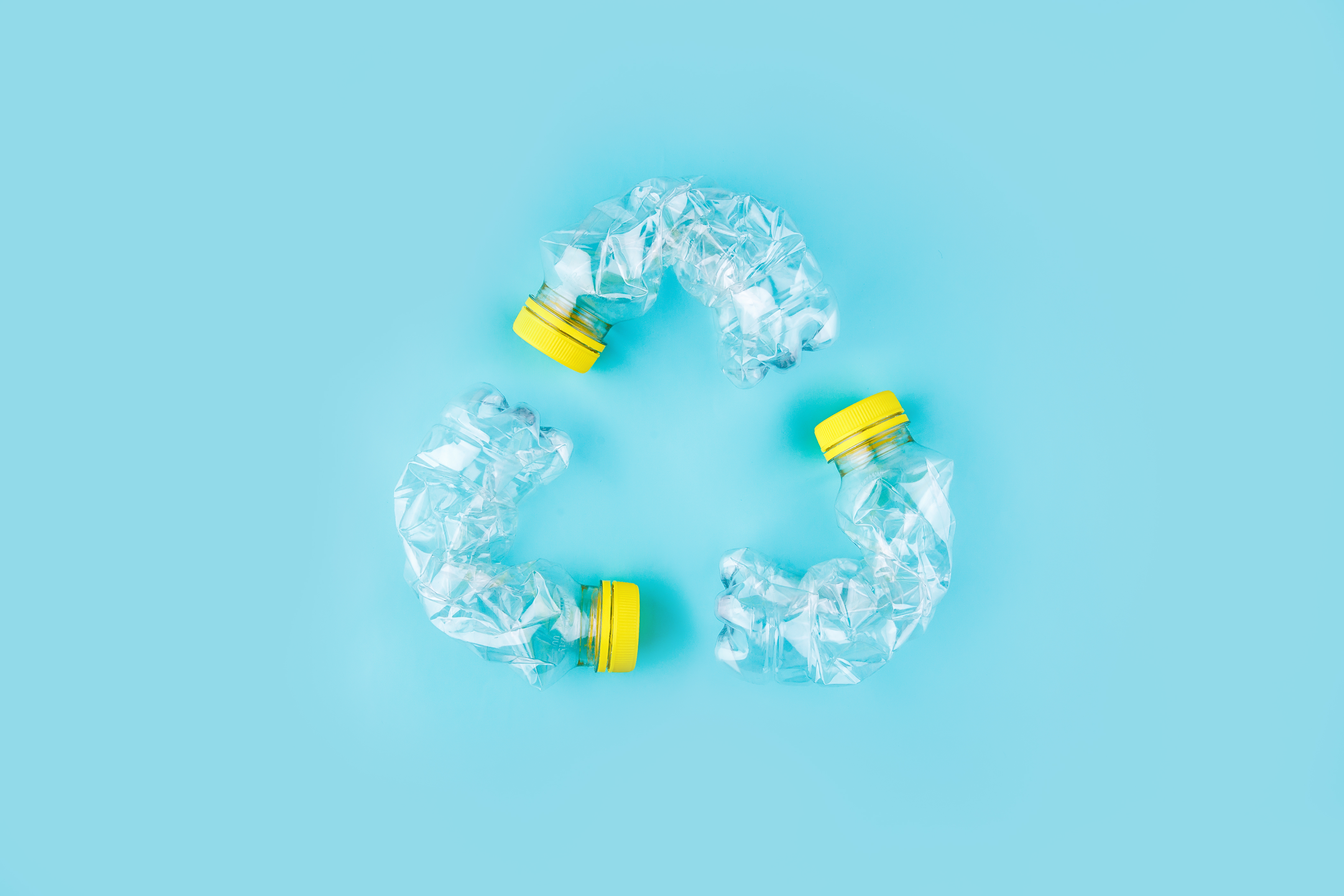
As COP26 delegates dissected the detail on decarbonising our world, chemical innovators ushered in sustainable solutions of their own. Late 2021 saw a raft of agreements and announcements key to sustainability and circularity.
Hotly anticipated as an alternative to fossil fuel-based polyethylene terephthalate (PET) plastic, polyethylene furanoate (PEF) took a step towards commercialisation.
North America-based Origin Materials partnered with Korea’s Kolon Industries to develop materials with initial focus on automotive applications. Their new joint venture – announced in November – will use wood feedstocks to produce renewable materials.
The pair will manufacture the primary precursor furandicarboxylic acid (FDCA) to develop bio-derived, recyclable PEF products. That collaboration follows Origin Materials’ partnership with automaker Ford, announced in June. Carbon negative door panels and bumpers, tyre filler and paint pigment, and foam products are currently in development.
However, PEF’s inherent biodegradability – and barrier properties beyond those of PET – make it a promising drop-in technology for packaging markets.
From pines and fines to carbon-negative plastic
Origin Materials’ process uses wood residue from sawmills, or pulp and paper plants. At just a few cents per pound, the California-based company’s supply comes from the lumber and wood chip market.
Wood chips, pine, fines and/or other non-food biomass feedstocks are blended and heated together with an organic solvent. At optimum temperature, the addition of hydrochloric acid breaks the biomass down. That reaction generates the major platform chemicals chloromethylfurfural (CMF) and hydrothermal carbon (HTC). Smaller quantities of furfural and levulinic acid come from the degradation of cellulose in the woody biomass.
“Once the reaction is complete, the solvent containing the CMF is removed for downstream purification and the solid HTC is filtered out using a filter press. The extracted CMF is separated and purified via distillation, with the solvent recovered for reuse,” explains John Birmingham, an Origin Materials lead process engineer of the company’s pilot plant.
The CMF is then reacted with hydrogen gas in the presence of a heterogeneous production catalyst, he adds. “The resulting dimethyl fumarate is reacted with ethylene in a different solvent and catalyst system to produce paraxylene – a key commodity chemical usually derived from petroleum – and a primary PET precursor.”
Origin’s first commercial plant for CMF and HTC production is currently under construction in Sarnia, Ontario. It is due for completion in 2022.
Carbon negative materials
The company says its 5-CMF provides a flexible raw material for other chemistries – including paraxylene and purified terephthalic acid (PTA) – and commodity and specialty chemicals through its derivatives, including FDCA.
Dubbed a 'next generation polyester,' PEF is generally prepared by combining MEG with FDCA which is produced using C6 sugars found in biomass feedstocks. Compared to PET, PEF has a lower melting point, higher glass transition temperature and improved tensile strength. Dutch biochemical company Corbion carried out in 2014 that found PEF’s O2 barrier to be six times greater than for PET. Its CO2 barrier measured three times higher, and its H2O barrier was twice that of PET, according to the investigation.
Next gen biochemicals
October saw Finnish forest products maker UPM and the Coca-Cola Company announce a collaboration to bring renewable glycols to market. Bio-monoethylene glycol – known as bMEG – will be produced at a biorefinery UPM is currently building in Leuna, Germany. The technology to produce bMEG takes a sugar source and removes the step of creating ethanol as part of the conversion process to deliver a plant-based product.
Coca-Cola worked with a team from Changchun Meihe Science and Technology to co-develop the catalytic technology that UPM will use. The pair’s newly-patented process for converting saccharides and hydrogen into diols uses an alloy catalyst. Previous systems have relied on precious metals like ruthenium or platinum. Consequently, the soft drink giant’s collaboration with its Jilin, north-eastern China-based partner represents a cheaper, more sustainable glycol production method.
By providing Coca-Cola with bio-based and recyclable PET (rPET) bottles comprising 30% biobased plastic, the partnership will help Coca-Cola meet its sustainability objectives. The company aims to achieve net-zero carbon emissions by 2050.
UPM’s products will be made available to the wider plastics industry, including Coca-Cola’s competitors, as part of the agreement. Due on-stream in 2023, the refinery will deliver both plant-based ethylene glycol and propylene glycol. Besides plastic bottles, MEG is a key raw material for polyesters for textiles and antifreeze formulations. Monoproplylene glycol is used in polyester resins and industrial liquid detergent. The plant will also produce renewable functional fillers (RFF) made from lignin – an organic polymer that gives plant cell walls their shape and structure.
UPM has a target of 220,000/ton per year output capacity from Leuna from a supply of sawmill certified hardwood and other wood industry side-streams.
Wood chip-powered batteries
Meanwhile, Stora Enso announced it will ramp up production of lignin-based carbon materials at its Sunila Mill, Finland-based pilot plant. Registered under the tradename Lignode, the firm said work towards finding the right partners is progressing.
As Forest2Market reported previously, Stora Enso invested €10m to build the plant to advance technologies aimed at electric vehicle (EV), consumer electronics and large scale energy storage markets. Batteries and their associated technologies are pivotal to achieving carbon neutrality by 2050. Lignin-based carbon offers a renewable alternative to the graphite-based anodes found in 90% of current lithium-ion EV battery systems.
While scientific literature had previously explored the use of organoslav lignin¹ and acetone lignin² as anode material, a recent RSC Advances³ paper outlines a range of innovative options for lignin use in advanced lithium battery systems. Lignin is already widely used as carbon precursor, making it a key feedstock for EV battery boxes. But beyond that, the paper’s authors describe the use of hydrolysed lignin as a cathode as well as Kraft lignin as a binder and a cathode.
Seeing the wood for the trees
The potential commercial opportunities of converting low-cost lignin feedstocks into high-value bio-sustainable chemicals will be revealed when a European Union-funded project Liberate closes in December 2022. Major players Evonik, Perstorp and Oxiris, plus several chemical industry SMEs, research institutions and universities are collaborating on a pilot-scale electrochemical plant. The consortium will explore feedstocks for drop-in replacements while modelling and physically integrating renewable energy sources to deliver processes that synthesise chemicals with a zero CO2 footprint.
Advances in the analytical methods for lignin characterisation have fueled interest in its potential. Molar mass distribution in lignin molecules is key to reactivity and physicochemical properties. Capacity to understand how those parameters determine structure and property relationships is fuelling a passion for lignin development.
References
- Wang, S. et al., ACS Appl. Mater. Interfaces, 2013. DOI: 10.1021/am4043867
- Chang, Z. et al., Electrochimica Acta., 2015. DOI: 10.1016/j.electacta.2015.07.076
- Baloch, M., Labidi, J., RSC Adv., 2021. DOI: 10.1039/D1RA02611A





